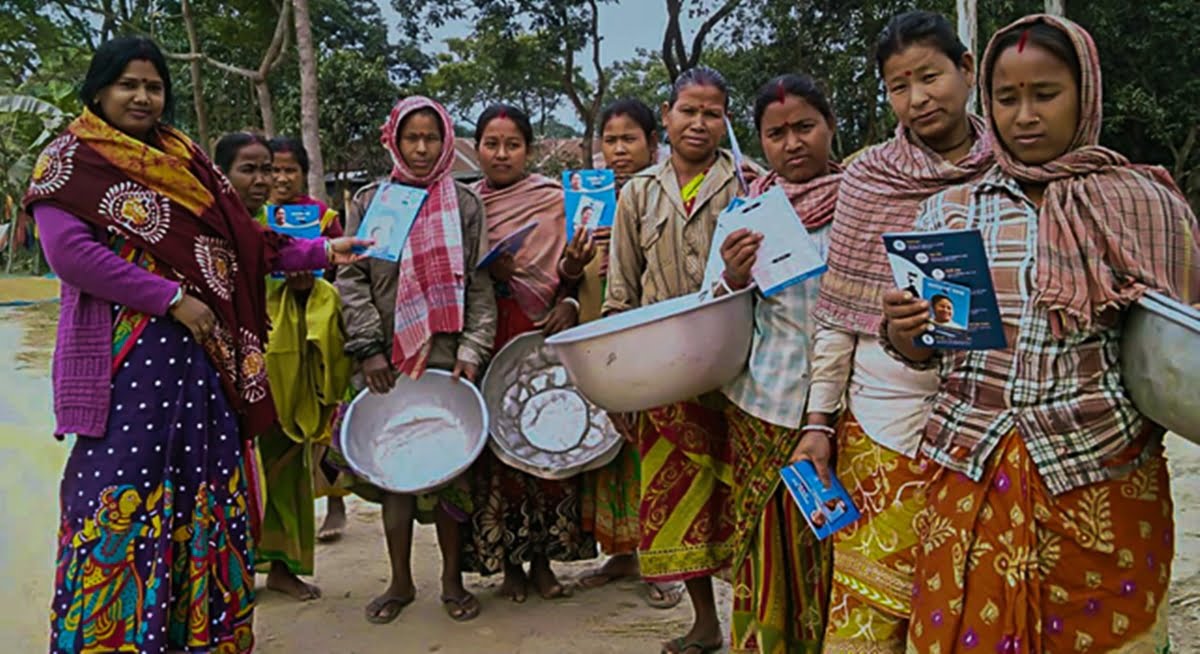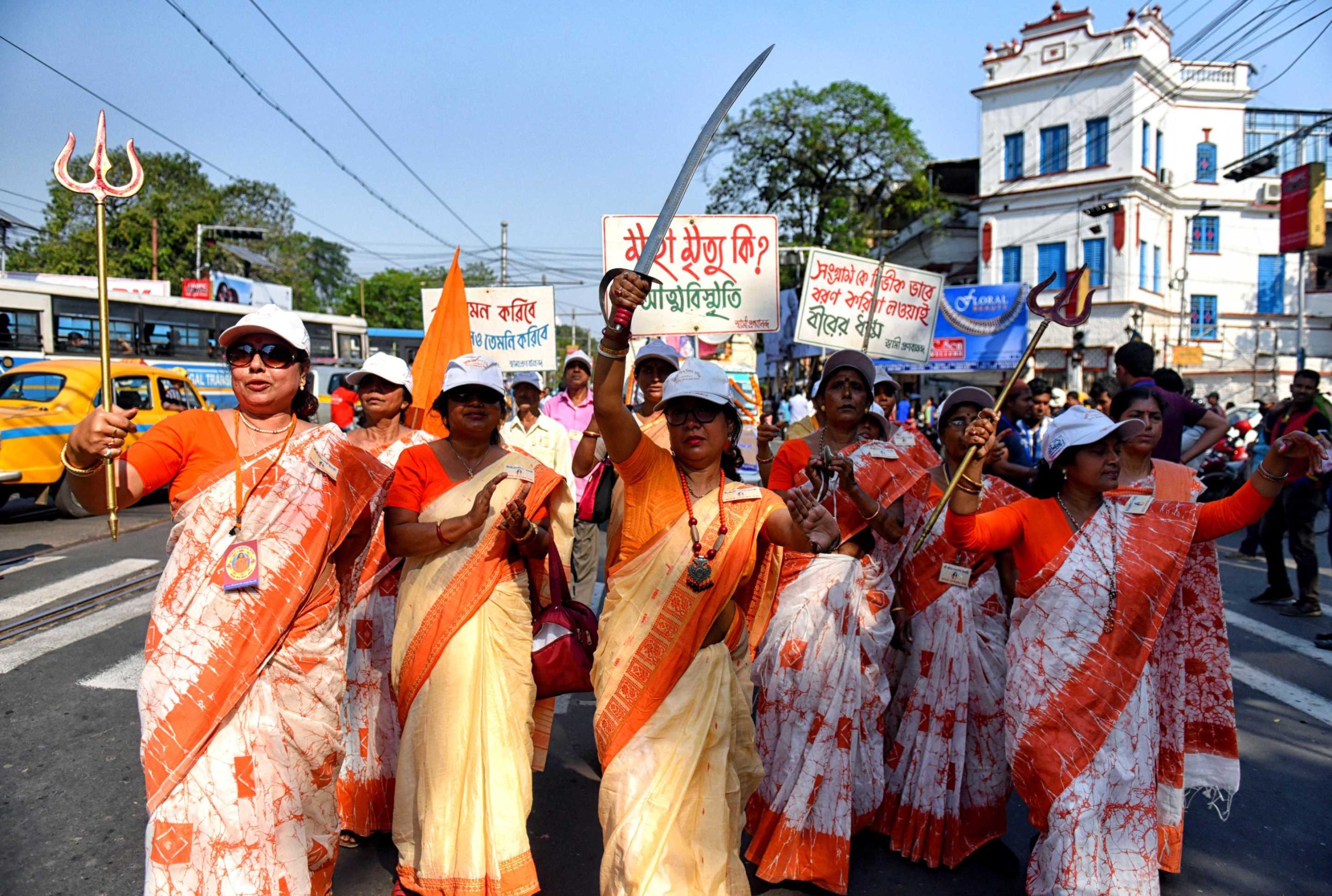West Bengal Assembly elections 2021 is turning out to be an epochal moment in India’s political history. It seems like never before has an assembly election been so closely followed by political pundits, media personnel, commentators, social media content creators and voters in general. While the Bharatiya Janata Party is looking to increase its footprint in the East and make Kolkata its citadel, the ruling All India Trinamool Congress (TMC) government under the aegis of Chief Minister Mamata Banerjee is looking to hold their ground against the penetration of BJP which has become the strongest opposition after winning 18 of the 42 Lok Sabha Seats from West Bengal in 2019.
There has been an outflow of ministers from the ruling government in the last few months who quit their organisational and administrative posts and joined BJP. Mamata Banerjee seems to be aloof and indifferent about these occurrences as she kept focusing on her primary agenda, development and unbiased service, by bringing the services of the government to the doorstep of the people under the campaign of ‘Duare Sarkar’. Leading up to West Bengal Assembly elections 2021, the streets of West Bengal have been filled with flexes and banners that proclaim the superiority of each party, social media has been flooded with memes about political developments in the state (quite the post truth world we are living in) and seems like almost the entire country is waiting with gasped breath for the electoral fight to begin.
Also read: Bihar Elections: Another Reminder For The Need Of Gender Quota

But a political campaign needs to be looked at from its grass root rubric. A party, able to cut across districts, assemblies, blocks, towns, Aanchal ( gram panchayats) and touch the individual booths and the houses that fall under those booths, is a party that will gain electoral, and emotional momentum on ground.
The TMC has been activating its Mahila Cell (Women Frontal) in all assembly constituencies quite fiercely in the run up to the West Bengal Assembly elections 2021. In this ground report, I will talk about the activities of the Women Frontal in Kaliaganj Assembly of Uttar Dinajpur district that I have closely followed for the past month. Female grass root leaders have been identified in each Aanchal and each ward of the constituency. They have been armed with the 10-years report card of the State Government, visiting card of Mamata Banerjee which essentially has the Didi Ke Bolo phone number (a channel through which the people of West Bengal can register their grievances and expect quick resolution) and souvenirs like calendars, books and pens, all housing the image of Mamata Banerjee.
These women leaders have been visiting individual houses in their respective Aanchal and wards, and engaging with the women voters to garner support for the Mamata Banerjee government in the run up to the West Bengal Assembly elections 2021. These leaders have been carrying out this campaign without any male party workers, flagging off difficult booths where more attention needs to be given, designing the road map for each day and generating verbal content that will resonate across the assembly, and be homogenous in structure. These leaders have been empowered to envision their own campaign without any intervention, or unsolicited advice from the male party workers who are usually at the helm of organisational affairs.
Also read: Delhi Elections 2020: A Loss For BJP; A Win For (Soft) Hindutva

The genesis of this approach is three pronged. Firstly, since the Chief Minister of the State and party supremo, Mamata Banerjee is a woman, it only makes sense for the Women Frontal to take charge of campaigning proceedings. Through this campaign, they seek to establish themselves as direct representatives of the Chief Minister. Their words, actions, verbal and non verbal cues will resonate the message of Mamata Banerjee who will not be able to visit every nook and corner of the state but her women representatives will take her message forward and promulgate it to give an impression that the voters are receiving it directly from the horse’s mouth.
Secondly, in most Mofussil houses, women members are expected to imbibe the political affiliations of the male members. There are hardly any political discussions when women engage with each other. This campaign is trying to penetrate into that space. It is allowing womenfolk to talk about politics, to engage with each other regarding administrative lapses or victories, to develop an individual opinion even if it diverges from the male centric opinion on the electoral environment of their assemblies, to develop a perspective of their own regarding different political parties and their leaders, and finally, to construct their own political ideologies. By reaching to the womenfolk directly in their homes, the female grass root leaders are providing them with the energy and the impulse to start their own political discourses.
Thirdly, the sight of the female leaders traveling in groups, engaged in a particular cause, mobilising themselves without any male intervention could act as a great catalyst to inspire the womenfolk. All the constructs they have been carrying in their minds about their role in society will become flimsy, and the spectrum of what women can do, if they mobilise themselves, will widen. They have been conditioned to believe that they serve a specific purpose. Leading up to the West Bengal Assembly elections 2021, their imagination will be fuelled and a lot of women will be accelerated towards starting something of their own, or join communities that celebrate the innumerable possibilities of women coming together, and demolishing the gendered society that they had been manacled in. The female grassroot leaders aim to start nothing short of a revolution in the houses they will visit through this campaign.

That is not it. According to an Indian Express report, TMC also recently announced the slogan “Bangla Nijer Meyeke Chai” (Bengal wants its own daughter) mobilising on Mamata Banerjee’s popular image among the women voters while accusing the BJP of marginalising the state’s schemes for empowering women and of insulting the Hindu goddesses Durga and Sita. However, the report also quoted a senior party strategist stating how PM Modi is also known to garner women’s votes. “… The BJP, especially Prime Minister Narendra Modi, always tries and captures the women vote, speaking constantly of schemes like Ujjwala”.
The West Bengal assembly elections 2021 is scheduled to take place in April-May. There is no doubt that the battle is going to be fierce. The Grand Old Party of India and CPI(M) have entered into an alliance along with the newly established Indian Secular Front led by Abbas Siddiqui. Hyderabad’s AIMIM led by Asaduddin Owaisi is going to field candidates in a lot of seats. All the parties are trying to woo voters in their own unique ways. The marginalised communities like Rajbongshis of North Bengal, or the Matuas are being wooed ornamentally as they hold the key to some of the major constituencies, and could play the kingmaker. In all of this hullabaloo, the mobilisation of female grass root leaders by the TMC is a major positive step, not only towards bringing the women living in remote villages inside the ambit of politics, but with the potential to ignite a real socio-economic-political revolution. We might just be at the cusp of one, and these women just might be its harbingers.
Image source: All images as provided by the author
About the author(s)
Tathagata Bhowmik is a writer and an independent singer and songwriter based out of Calcutta. He can be found on Facebook and Instagram.




